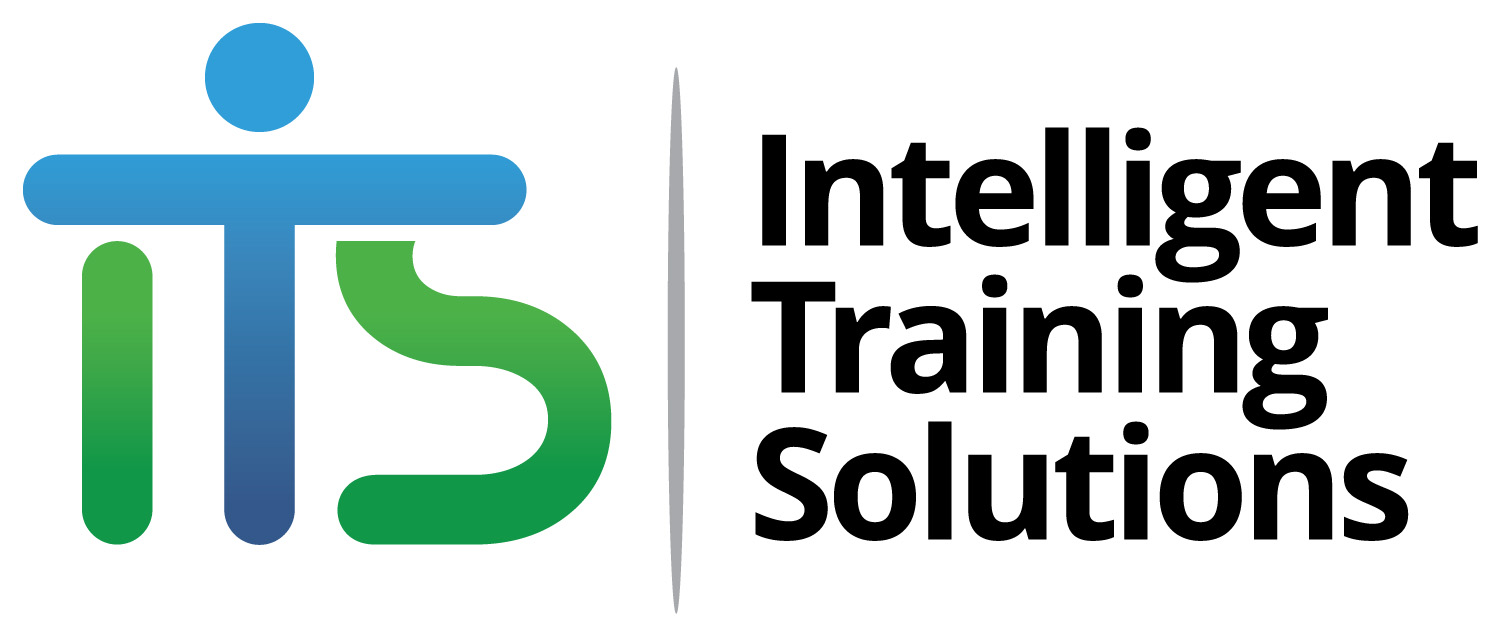Recommended browsers for Moodle
The following are recommended browsers and settings that will help improve your experience using Moodle and ensure access to the activities and tools in your course.
Browser versions that work best with Moodle Moodle Logo
You can access Moodle using any of the following browsers listed below, but Moodle runs best on the latest versions:
- Firefox 3 or later
- Safari 3 or later
- Internet Explorer 8 or later
Note: Moodle has been known to have layout bugs in Internet Explorer 9 (IE 9) on some Moodle pages such as the Grade Book. IE 9 will not display the layout correctly unless the browser is operating in compatibility mode. To turn on compatibility mode in IE 9 go to the tool bar, click the Compatibility Mode Icon located to the right of the address bar.
The compatibility icon looks like this

You may find it helpful to have more than one browser installed on your computer. If you run into problems using Moodle try to use another browser, this may resolve your issues.
About Support
Our administration officer will be able to assist users utilising Internet Explorer and Firefox.
How do I check which browser I’m using?
The easiest way to identify your browser type is to look at the title bar of the browser. It includes the name of the browser unless the browser was customised to include other information.
Another way to tell which browser you are using is the select Help from the menu bar. The last choice on the menu is “About…” with the name of the browser listed (for example, “About Internet Explorer”)
Internet Explorer

Firefox

Required browser settings
To ensure you are able to access various types of content and features within Moodle, select the following browser settings:
- Enable Cookies
- Enable JavaScript
- Do not block pop-up windows
Check out the procedure for enabling these browser settings from the following links:
| Firefox Help | http://support.mozilla.com/en-US/home?as=u |
| Chrome help | http://www.google.com/support/chrome/?hl=en |
| Internet Explorer help | http://windows.microsoft.com/en-US/internet-explorer/help |
For Safari, Go to Safari > Preferences. All three settings are easily located on the Security tab.
Note: If you would like these settings to apply only to Moodle, you can choose to add its.vic.edu.au as an exception in the relevant browser settings page.
Recommended browser add-ons
For some specific content-type, add-ons may need to be installed if your browser is not already configured:
A PDF Reader
A PDF Reader should be installed on your computer, and a PDF browser plugin will let you view PDFs in a browser windows without opening a separate program. You can download a free version of Adobe Acrobat Reader from the Adobe website.
Apple QuickTime
Apply QuickTime provided easy access to multiple audio and video formats. Mac computers come with QuickTime pre-installed. Windows users should also install QuickTime. You can download QuickTime from the Apple website
http://www.apple.com/quicktime/download/
Java
Java is generally not required in Moodle. However, if java content has been added into a Moodle topic by a trainer you will see a warning that you will need to install or upgrade Java.
Adobe Flash Player
The Adobe Flash Player plugin for your browser will allow you to access Flash video and rich interactive media. You can download Adobe Flash Player from the Adobe website.
